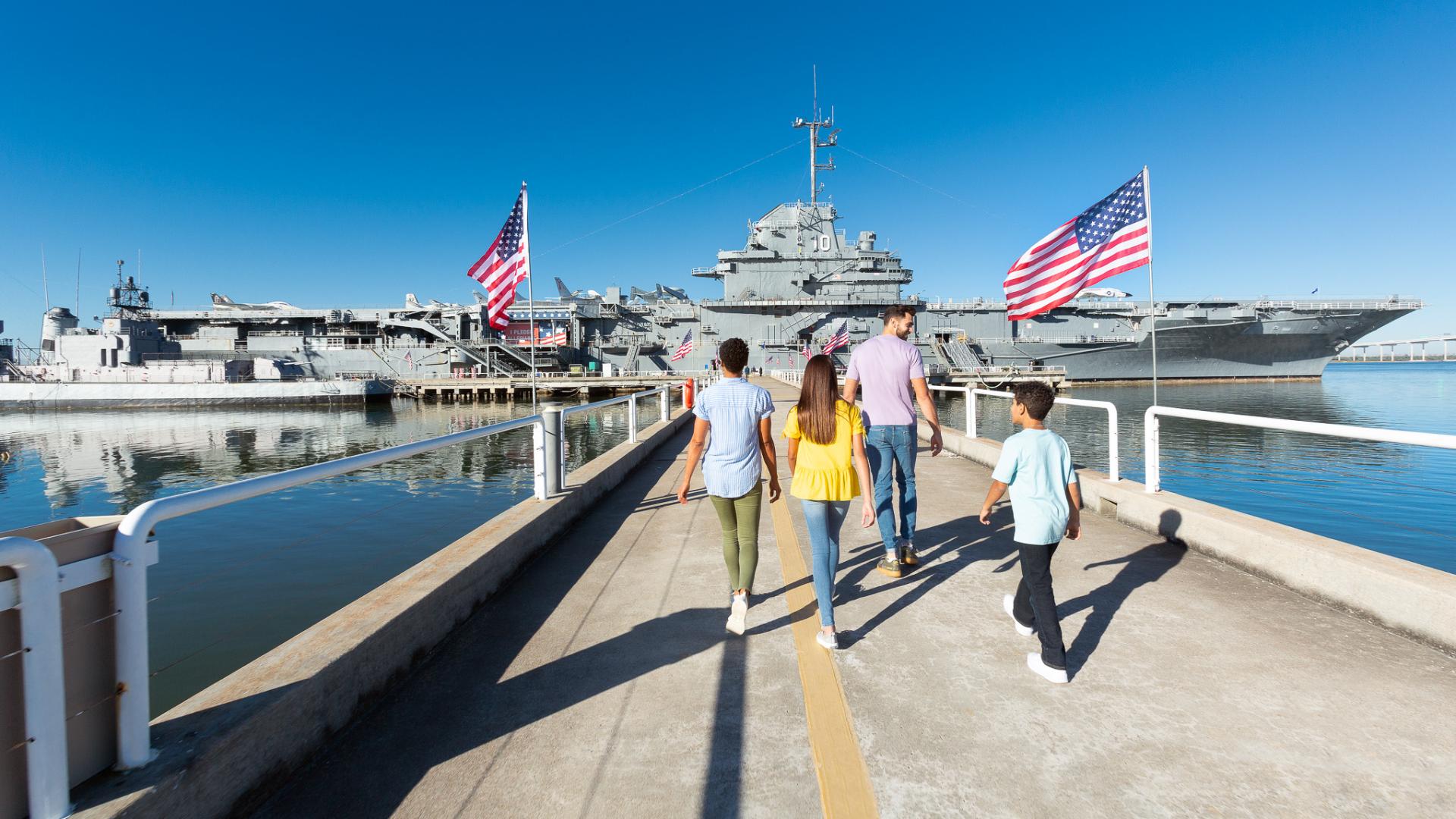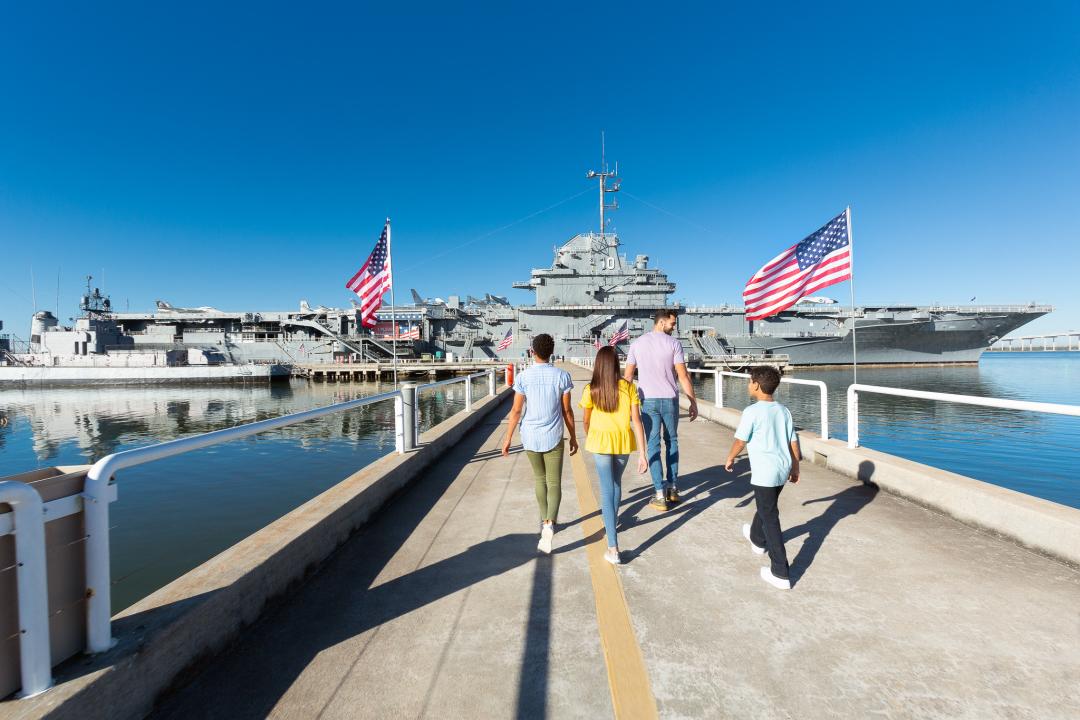
Despite aluminum being declared superior to wood by NACA in 1920, only 5% of all aircraft were constructed of all metal by 1930. Aluminum proved a very difficult material for engineers in constructing a workable aircraft. First, aluminum tended to buckle when compressed. Secondly, pure aluminum had a low melting point. Several Junker all metal aircraft bought by the Postal Service in 1920 called the JL-6, caused quite a stir when its faulty fuel system flared up and burned through the thin aluminum skin between the engine and the cockpit (imagine that hot foot!). After the loss of two Junkers, the Post Office quickly sold the remaining four aircraft at a huge loss. Thirdly, the early aircraft aluminum material called duralumin, had severe corrosion problems and turned brittle. Unlike iron or steel, which rusted from outside in, duralumin corroded internally and could suddenly fail in flight. Duralumin also corroded at a much quicker pace in a salt water environment and the United States Navy needed a solution to pursue metal aircraft construction.

The Naval Aircraft Factory in Philadelphia reported that the corrosion of aluminum by salt water could be controlled by the application of anodic coatings on 23 May 1927. This important technological innovation would allow the Navy to transition from wood and fabric aircraft construction to a lighter and stronger aluminum aircraft structure. The anodizing process increases corrosion resistance, surface hardness, and allows dyeing the aluminum different colors (much as we see today in carabiners and Ipods). Anodizing not only protected aluminum from corrosion, but also formed a thin layer of aluminum oxide which has a melting point of 2050 °C, higher than pure aluminium's 658 °


